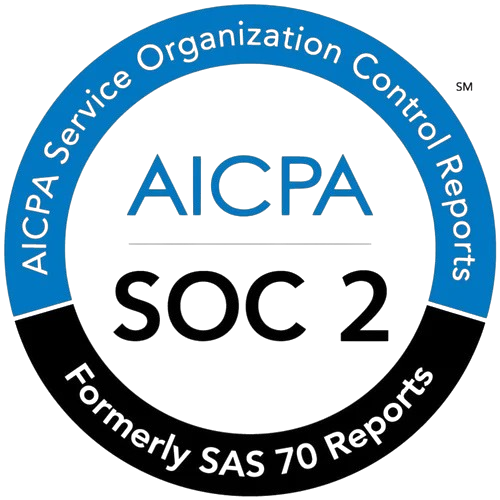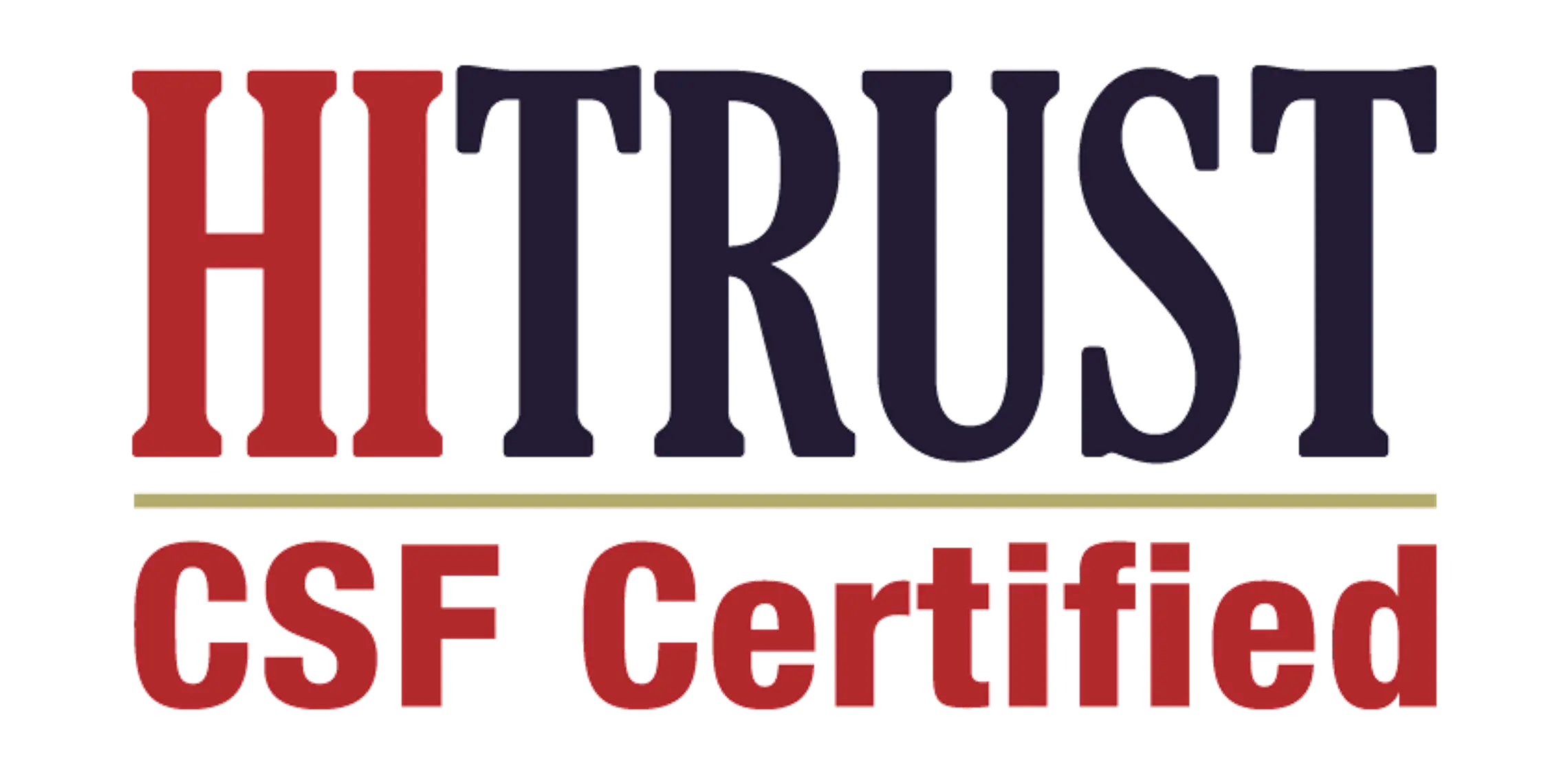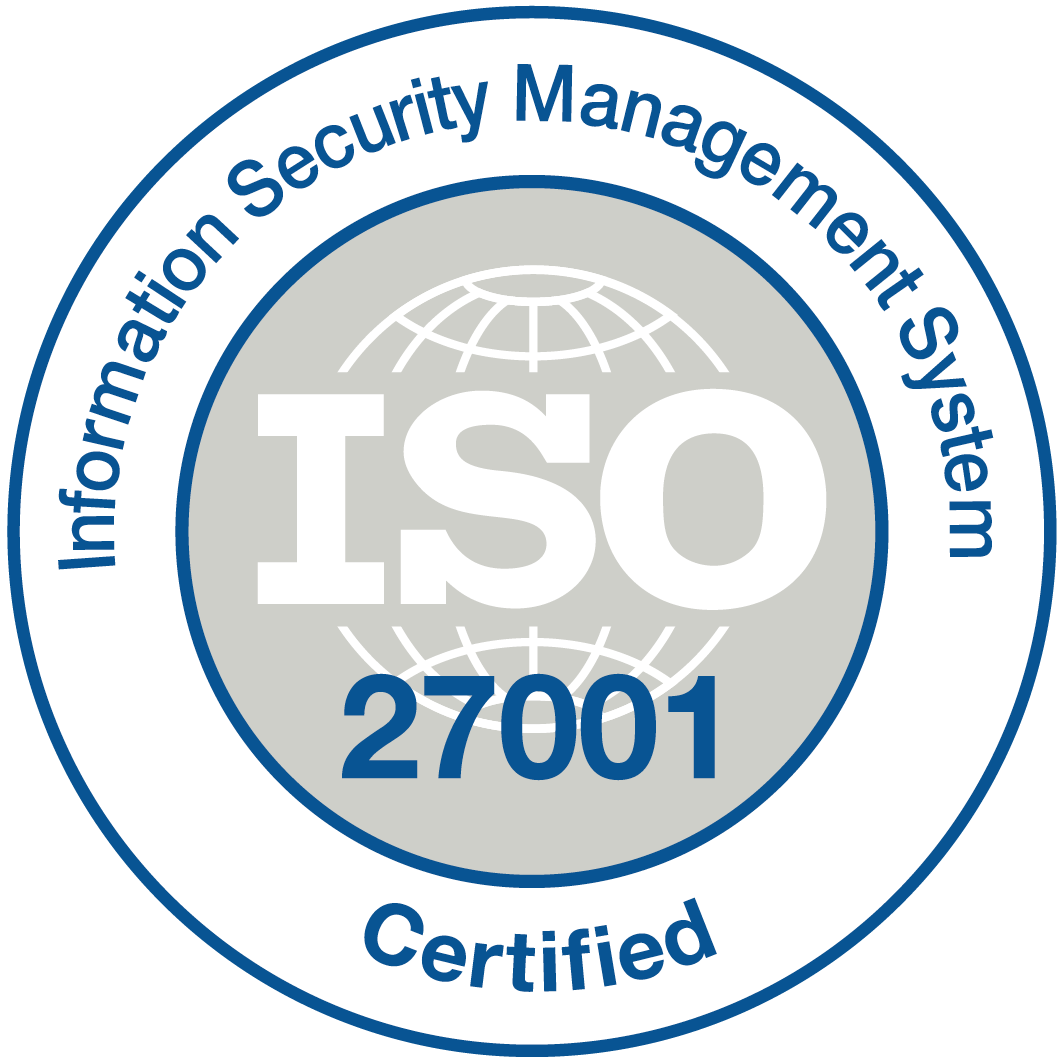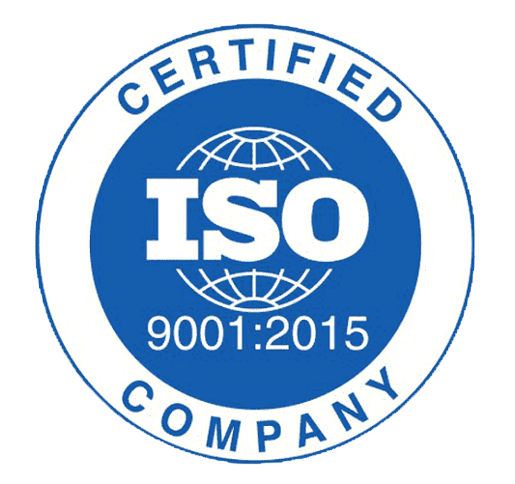Navigating the maze: Simplifying payer complexity in healthcare accounts receivable management

In the world of healthcare, financial management often feels like traversing a labyrinth, fraught with complexities that can challenge even the most seasoned professionals. One of the primary culprits behind this intricate maze is payer complexity. Insurance providers, each with their unique policies, reimbursement rates, and regulatory requirements, can significantly complicate the accounts receivable (A/R) process. Understanding this complexity and developing effective strategies to manage A/R is crucial for healthcare organizations striving for financial health and sustainability.
Understanding Payer Complexity
Payer complexity arises from the multiplicity of insurance providers and the variances in their plans. Each payer has distinct rules regarding claims submission, eligibility verification, patient responsibility for costs, and the revenue cycle timeline. As healthcare providers navigate these diverse requirements, the risk of claim denials, delays, and underpayments increases. A single claim might require multiple resubmissions or extensive follow-ups, consuming valuable time and resources.
The rise of value-based care and regulatory changes has further complicated an already intricate system. Providers must not only focus on securing payment for services rendered but also on adhering to evolving standards for quality care and patient outcomes. Moreover, the proliferation of high-deductible health plans adds another layer of complexity, as patients take on a more significant share of their healthcare costs, making timely collections essential.
Strategies for Effective A/R Management
1. Optimize Revenue Cycle Processes
Streamlining revenue cycle processes is essential for managing payer complexity. Implementing a robust electronic health record (EHR) system can help ensure accurate and timely documentation, reducing errors that lead to claim denials. Regular training for administrative staff on payer policies and billing practices is also vital in maintaining compliance and increasing efficiency.
2. Prioritize Eligibility Verification
Before providing services, verifying insurance eligibility is a fundamental step that can avert payment issues down the line. By confirming patient coverage and understanding their financial responsibilities, healthcare organizations can set accurate expectations and minimize surprises during billing.
3. Invest in Advanced Analytics
Utilizing data analytics can provide valuable insights into payer performance and patient behavior. By analyzing trends in claim denials, reimbursement cycles, and payment patterns, organizations can identify areas needing improvement and target specific payers for strategic initiatives. Predictive analytics can also help forecast future A/R performance and inform decision-making.
4. Foster Strong Relationships with Payers
Nurturing relationships with payers can significantly enhance the claims process. Establishing direct lines of communication can lead to quicker resolutions for denials or disputes. Regular meetings and performances reviews can also help identify and address underlying issues, ensuring smoother reimbursement processes.
5. Implement Patient Engagement Strategies
In the age of high-deductible health plans, engaging with patients about their financial responsibilities is increasingly important. Clear communication regarding costs, payment plans, and financial assistance options can improve collections and patient satisfaction. By making financial discussions a routine part of patient interactions, healthcare organizations can ensure that patients are informed and prepared to meet their obligations.
While payer complexity in healthcare can pose significant challenges for accounts receivable management, it is not insurmountable. By embracing strategic approaches such as optimizing revenue cycle processes, prioritizing eligibility verification, investing in analytics, strengthening relationships with payers, and enhancing patient engagement, healthcare organizations can navigate this intricate landscape with greater ease. The key lies in being proactive and adaptive, equipping healthcare providers to thrive amid the complexities of modern healthcare financing.


